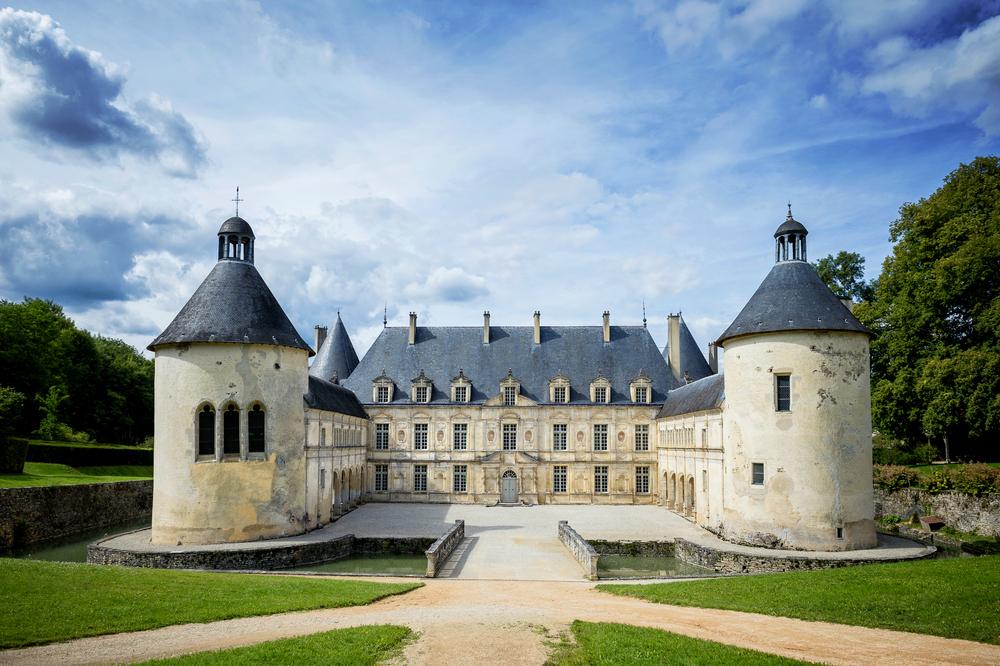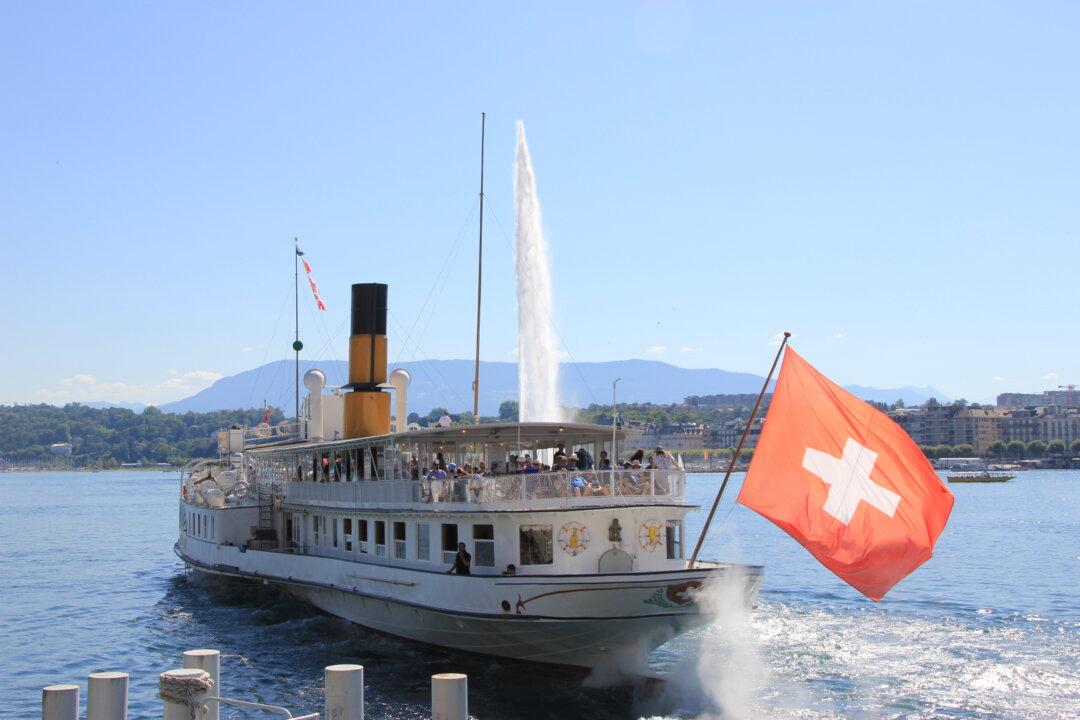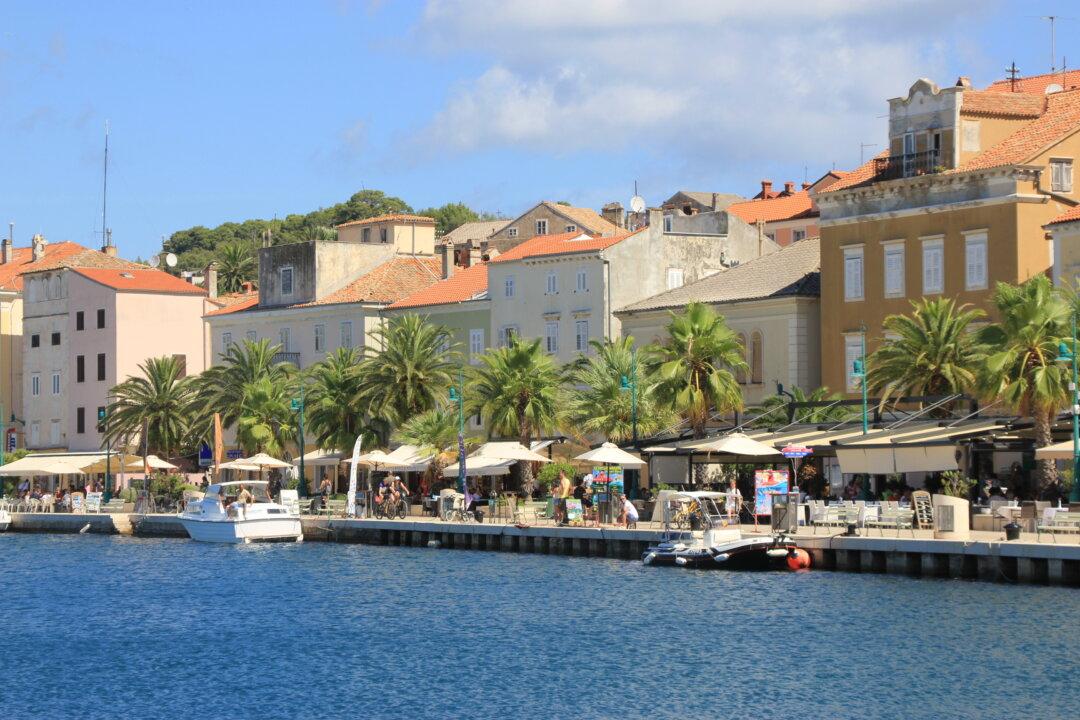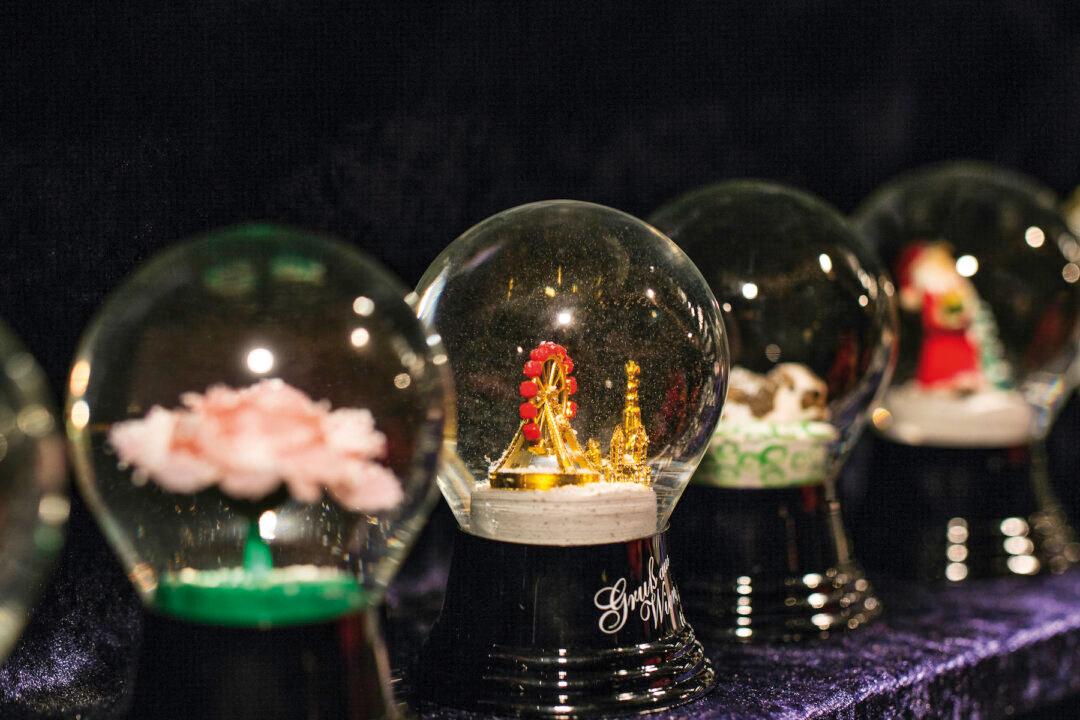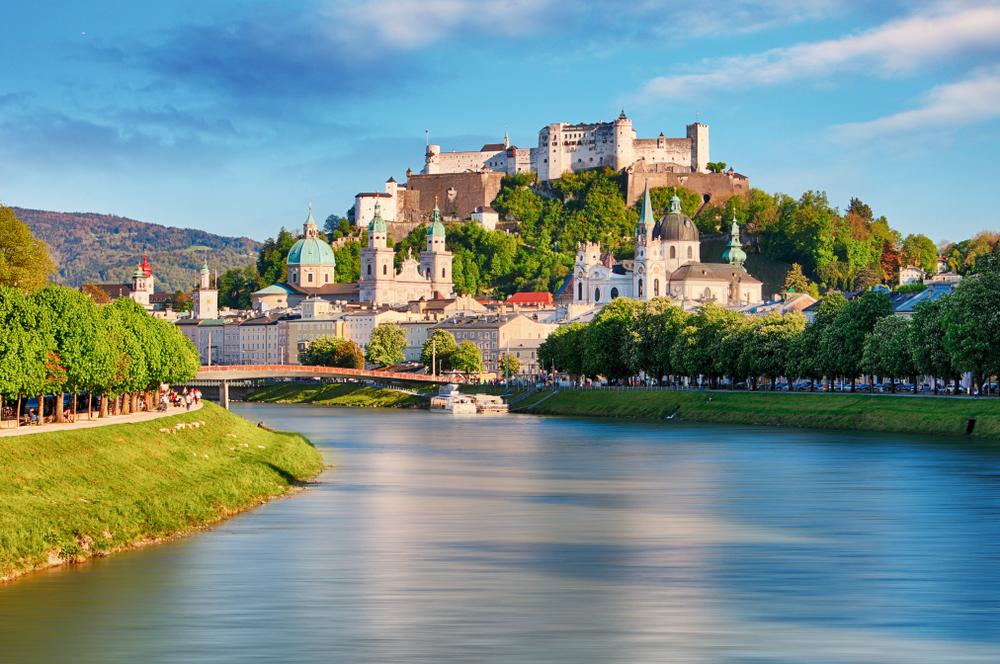Does it make sense to feel sorry for a woman who dumped her lover many centuries ago when he was banished from court? It seems I’m not the only one, as a bystander mutters exactly what I am thinking: “Oh, poor Cécile!”
I wondered if the Marquise de Montglas would have thought twice about having an affair had she known that she would be derided for years to come in a rather unflattering wall painting by Roger de Rabutin, Comte de Bussy, in his castle in Burgundy. The painting, ”Levior Aura,” depicts Cécile weighing less than nothing on a balancing scale forever and everyone to see.

